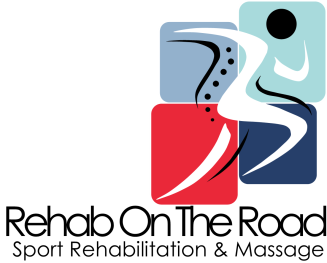Proximal (Shoulder)

Distal (Elbow)

When the tendons that connect the biceps muscle to bone become inflamed, this is referred to as biceps tendonitis. Biceps tendonitis can occur at either one of the tendon attachment locations — the shoulder or the elbow.
Symptoms
Proximal
- Pain and inflammation at the front of the shoulder.
- Pain may develop gradually over time or may occur from a previous acute biceps tendon strain which has failed to heal properly.
- Your shoulder will feel tender when palpating over the front.
Distal
- Pain while throwing, working out, or playing your sport
- Stiffness and soreness on the front of the bicep near the elbow
- Tenderness or minor swelling over the biceps tendon
- Dull pain that gets worse when bending the arm against resistance or twisting the arm
Causes
Biceps tendonitis generally develops with repetitive motions of the shoulder, most often overhead motions, such as throwing a baseball.
Over a long period of time, repetitive overhead motions can place excessive stress on the biceps tendon.
Overworked and overused biceps tendons can become irritated and inflamed.
Anatomy
The biceps muscle is located in the front of the upper arm and goes from the elbow to the shoulder. The biceps muscle is composed of two muscles — the long head and the short head. Each head of the biceps muscle has a tendon that attaches the muscle to the shoulder. The long head attaches to the glenoid and is a common cause of shoulder pain. The short head attaches to a point on the scapula, called the coracoid process, and typically does not cause shoulder pain. The biceps muscle attaches at the front of the elbow with one tendon

Treatment
The goal of non-operative treatment for biceps tendonitis is to reduce inflammation and, therefore, eliminate pain. If you’re experiencing symptoms of biceps tendonitis, non-operative treatments will usually resolve the condition. Non-operative treatments may include:
• Resting the affected arm
• Applying ice packs to the affected area
• Taking non-steroidal pain anti-inflammatory medication, like Ibuprofen, to reduce swelling and relieve pain
• Exercises to strengthen the muscles of the upper back and the shoulder in order to ensure proper shoulder mechanics
• Corticosteroid injections to reduce swelling & relieve pain
Contact Me
Let's chat!
Need more information? Send me an email or drop me a line. I don’t bite!
- Charlotte@rehabontheroad.co.uk
- 07971448719
